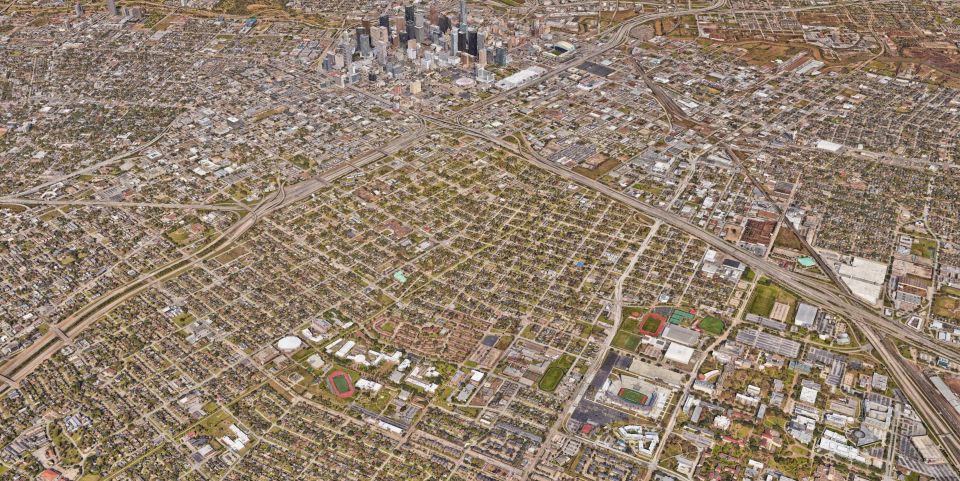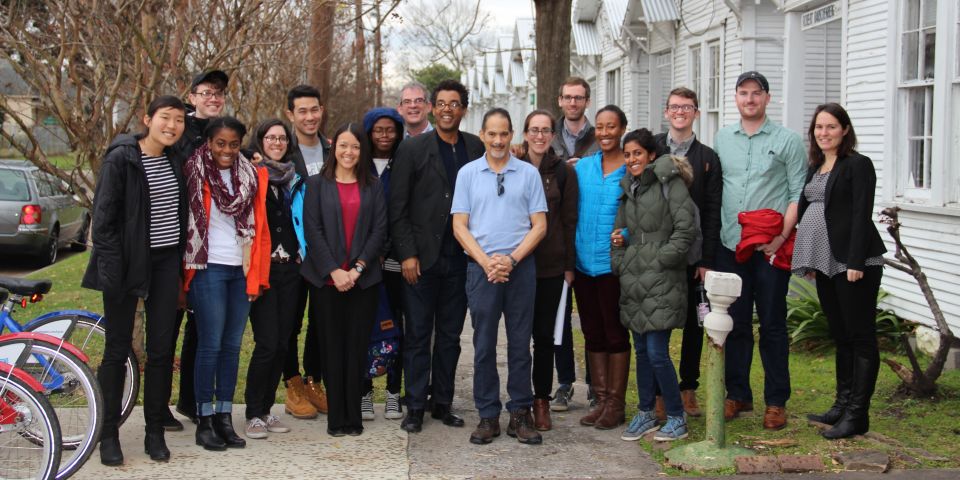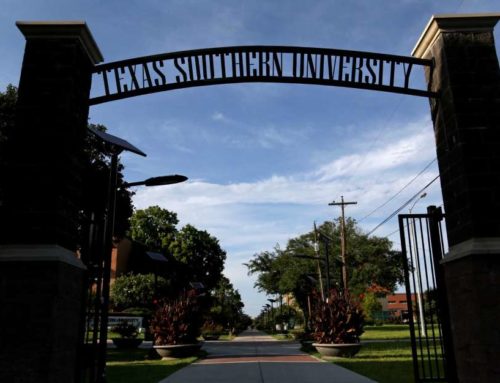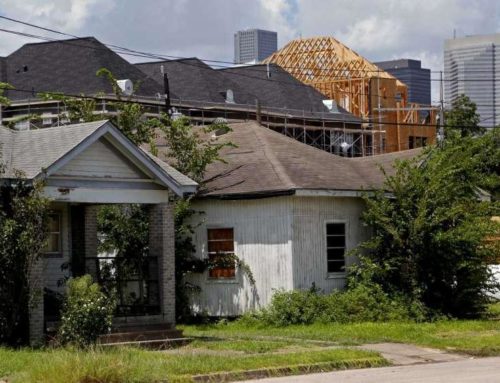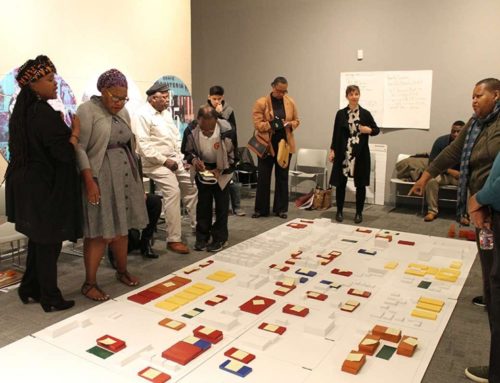MIT’s Neighborhood Report
Emancipation Park Neighborhood: Strategies for Community-Led Regeneration in the Third Ward
“Emancipation Park Neighborhood: Strategies for Community-Led Regeneration in the Third Ward” was a Site and Environmental Systems Planning Spring 2016 Practicum taught by Mary Anne Ocampo and James Buckley. The goal of the practicum was to help the EEDC and residents in the Emancipation Park neighbor-hood gain greater control over decisions in their neighborhood while teaching students how to develop the knowledge and skills to analyze and plan a site for development through assignments and a client-based project.
“We envision a resilient, dynamic, and economically prosperous community where people live, work, and thrive in a historically and culturally rich African-American neighborhood.” – Emancipation Economic Development Council
Beginning in the summer of 2015, students from the Department of Urban Studies and Planning at MIT began working with residents of the Emancipation Park neighborhood, a historically African-American community in Houston, Texas. The first group of five students (MIT 1) helped the Emancipation Economic Development Council establish a set of working groups to study key community issues. This report was prepared by a second team of MIT students in Spring 2016 as part of a practicum course. It follows up on the initial work by proposing a series of strategies the EEDC might use to work towards its vision.
We believe that Houston’s Third Ward is rich with possibility and legacy. We have built on the work of MIT 1 with six strategies that manifest this mission. These strategies are connected by a deep commitment to preserve and leverage the neighborhood’s many existing assets for a resilient Emancipation Park neighborhood that serves its residents first. The Emancipation Park neighborhood and the Historic Third Ward were long at the heart of Houston’s proud Black community, and the unique heritage of its historic buildings remains today. The area is blessed with strong community ties, including the close connections and deep roots of community organizations such as local churches, Project Row Houses, and SHAPE Community Center. But even aspects of the neighborhood that do not seem like assets can be used as such.




